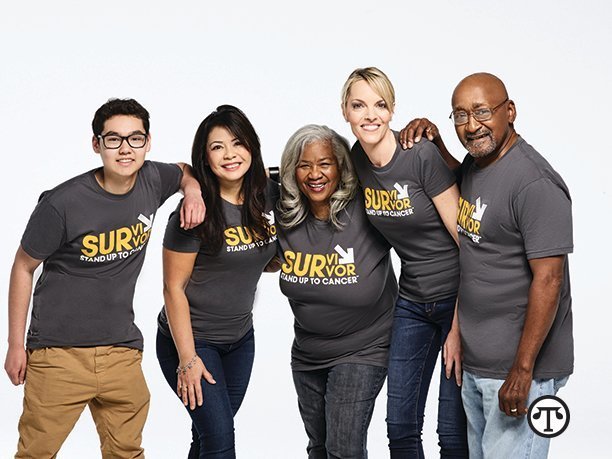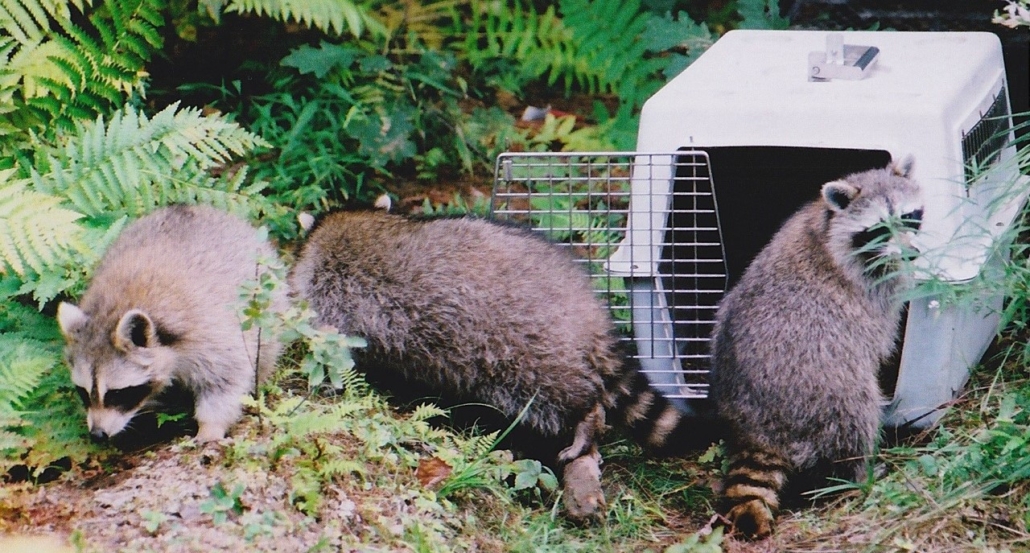FOR YOUR HEALTH: Increasing Diversity In Cancer Clinical Trials

Researchers are looking for new and better ways to reduce racial and ethnic disparities in cancer research and improve outcomes for minority populations.
(NAPSI)—There’s good news, bad news and better news about combating cancer in America these days.
The good news is there’s been an overall decline in U.S. cancer deaths since 1991.
The bad news is not all patients have benefited equally from advances in prevention, early detection and precision medicine. One study found that around 8.1 percent of cancer patients participate in a clinical trial. Of those, FDA data show that only 4 percent of clinical trial participants are Black and 5 percent are Hispanic.
What’s more, minority groups overall in the U.S. have both the highest death rate and shortest survival rate for most cancers. These inequities in cancer care have been ongoing for decades, due in part to socio-economic barriers, insufficient information about trials and their benefits, as well as other challenges.
The better news is a major funder of cancer research is working to tackle cancer disparities. Stand Up To Cancer® (SU2C), which raises money to accelerate the pace of research to get new therapies to patients quickly and save lives now, began formalizing its Health Equity Initiative in 2017. The initiative aims to increase minority representation in cancer clinical trials and ensure new cancer treatments are effective for all.
Improving diversity in cancer clinical trials
Moving forward, SU2C-funded research teams will be required to address issues related to recruitment and retention of patients from minority groups to improve diverse participation in cancer clinical trials.
“As one of the leading funders of cancer research, we believe it is our duty to ensure that minority representation in cancer clinical trials is addressed. Now, more than ever, better understanding of the role of biology in cancer treatment, advances in precision treatment, and development of new technologies demands that we also make significant improvements in diverse clinical trial participation,” explained SU2C CEO Sung Poblete, PhD, RN. “We are confident that this initiative will make a significant and meaningful impact to ensure all communities have equal access to potentially life-saving treatments.”
SU2C is collaborating with a number of industry leaders who are also committed to improving cancer disparities, including Genentech, Exact Sciences, Bristol Myers Squibb and Amgen. Funding from these donors supports SU2C’s Health Equity Initiative, including cancer screening and clinical trial awareness efforts as well as research into specific types of cancers that disproportionately impact people of color. Another collaboration with the Black Women’s Health Imperative and Friends of Cancer Research is Project TEACH, which will empower Black women to effectively engage with researchers and clinicians as well as increase participation of Black women in cancer-focused clinical trials. Project TEACH is supported by the Patient Centered Outcomes Research Institute.
“Bringing a diverse patient population into the clinical trials arena is complex,” said Dr. Edith A. Perez, MD, professor of medicine at Mayo Clinic, chief medical officer at Bolt Biotherapeutics, chair of the SU2C Health Equity Committee and vice chair of the SU2C Scientific Advisory Committee. “As a part of this effort, Stand Up To Cancer is amplifying the conversation around health equity so that researchers, institutions and cancer research funders join this effort and become more engaged in increasing diversity in cancer clinical trials, similar to Stand Up To Cancer’s successes in normalizing collaboration across cancer research.”
Learn More
For further facts and stats about Stand Up To Cancer, go to www.StandUpToCancer.org.


















